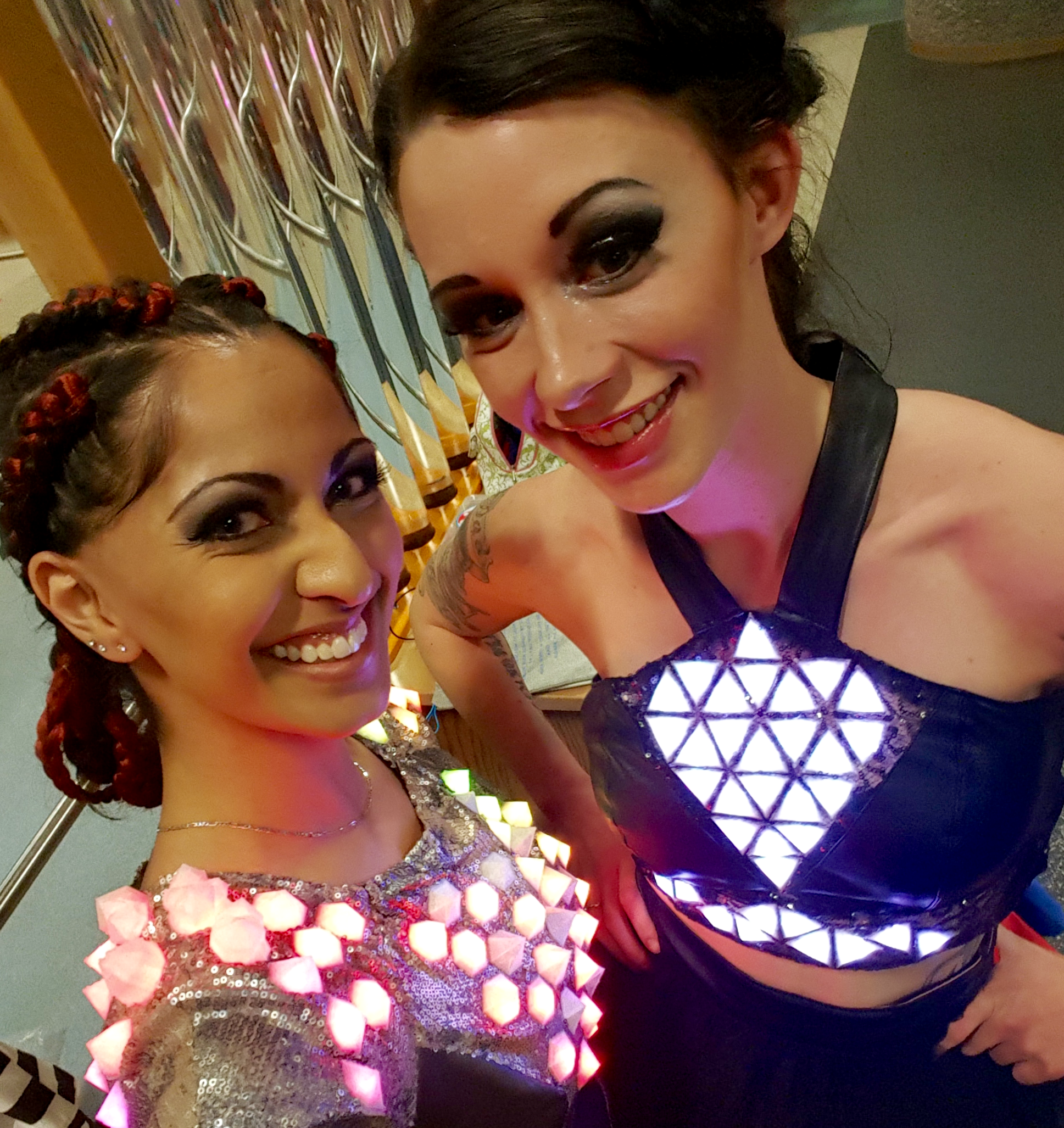Want a 3D printed design on your next dress? Or maybe add some interesting accents to your shirt or jacket lapel? You can 3D print directly onto fabric with your home printer using standard PLA, ABS, or other regular filament. 3D printing on fabric retains the flexible properties of the fabrics, doesn’t require exotic filament, and permanently incorporates the 3D elements into your garment. This method works for printing on net, tulle, lace, or other similar fabrics with holes. You can use fabric yardage or a constructed garment with tulle, lace, or net areas.
The critical step in this method is to pause the print after printing a couple layers so the filament forms a sandwich with the fabric. 3D Printing on a t-shirt is a slightly different process. To see how that’s done check out our first project.
What do you need?
Standard 3D printer using regular PLA or ABS filament. We used an Ultimaker 2 with a heated bed and a Zeepro Zim, without a heated bed.
Fabric or garment made of fabric. Polyester, cotton, nylon, or blends, either knits (like tshirts) or woven (like dress shirts). Netting, tulle, or other fabric with small holes work great. Tulle with small plastic sequins will also work. We do not recommend thick fabrics or anything with large surface decoration as these will interfere with the extruder.
Small clips. We recommend you use plastic clips or small clothespins. You don’t want anything that will scratch your build plate and you also want small clips so they won’t hit the sides of the printer when the build plates moves.
3D model. We used Tinkercad and models downloaded from the Thingiverse.
Software for slicing. We used Cura.













